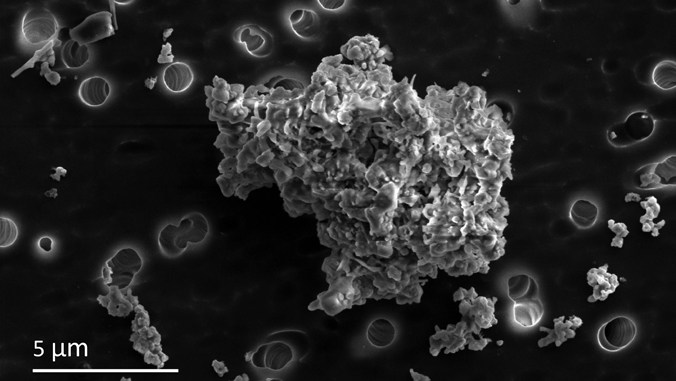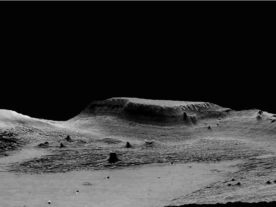A research team led by the University of Hawai’i at Mānoa’s School of Ocean and Earth Science and Technology say they have discovered the remains of the formation of the solar system in some interstellar dust.

Comets release pieces of ice and dust into the atmosphere as they pass Earth on their way to and from the Sun. ESA and NASA’s Solar and Heliospheric Observatory saw a bright comet plunge toward the sun on Aug. 3-4, 2016, at nearly 1.3 million miles per hour. (ESA/NASA/SOHO/Joy Ng)
The dust particles, which were gathered in Earth’s atmosphere by NASA aircraft, are thought to have been cast off from comets as they passed our planet on their way to and from the Sun.
Using electron microscopy, the scientists noticed the tiny grains of dust is made up of other even smaller grains that fused together, in a different environment, before the comet was even formed.
The researchers note that the dust particles appear to have formed in a cold, radiation-rich environment, such as what would have been found in an outer solar nebula or pre-solar molecular cloud.
According to the popular “nebular hypothesis,” the solar system was formed as the result of the gravitational collapse of a fragment of a giant molecular cloud.
Research leader Hope Ishii from the University of Hawai’i says that her team’s observations suggest that their discovery represents surviving pre-solar interstellar dust that formed the very building blocks of planets and stars.
A study outlining the Hawaiian team’s findings have been published in the journal, Proceedings of the National Academy of Sciences.
























Comments are closed.